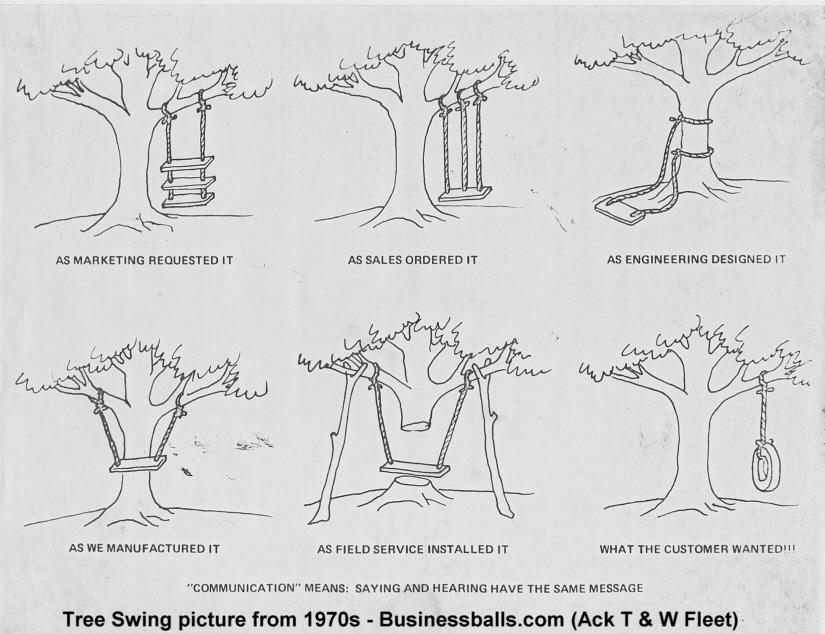Dante_Stella
Rex canum cattorumque
I'll open a thread on camera designs - that when exposed during repairs - are just silly.
I nominate the Zeiss-Ikon viewfinder in the Polaroid 250/350/360/450 pack cameras. Undoubtedly designed by the sole employee of Zeiss-Ikon that had not been carted off to a Soviet plant (perhaps the janitor), this item features the following (which I discovered last night while fixing one):
- The most liberal use of a glue gun I have ever seen - with some kind of brown epoxy used to cement all the glass in place. Everyone uses glue, but no one should use that much.
- The highest parts count I have ever seen in a Froelich-patent rangefinder/viewfinder - about double the normal number, by the looks of it. These are all mounted to a monstrously complicated diecast chassis. Based on this and the innards of the locks on my Rimowa luggage, I am now beginning to wonder if there is a specific school of German industrial design that teaches (or taught): (1) making things look clean, simple, and heavy-duty on the outside; (2) making them overcomplicated on this inside; and (3) including one or two flimsy plastic parts in the mechanism.
- The pièce de résistance - a rangefinder vertical adjustment that requires you to grease one side of a screw head and glue the other. The catch, of course, being that part of the viewfinder rides on the screw head, rotating it while you are trying to find the right adjustment.
So what's your "all-time bad design" nomination?
I nominate the Zeiss-Ikon viewfinder in the Polaroid 250/350/360/450 pack cameras. Undoubtedly designed by the sole employee of Zeiss-Ikon that had not been carted off to a Soviet plant (perhaps the janitor), this item features the following (which I discovered last night while fixing one):
- The most liberal use of a glue gun I have ever seen - with some kind of brown epoxy used to cement all the glass in place. Everyone uses glue, but no one should use that much.
- The highest parts count I have ever seen in a Froelich-patent rangefinder/viewfinder - about double the normal number, by the looks of it. These are all mounted to a monstrously complicated diecast chassis. Based on this and the innards of the locks on my Rimowa luggage, I am now beginning to wonder if there is a specific school of German industrial design that teaches (or taught): (1) making things look clean, simple, and heavy-duty on the outside; (2) making them overcomplicated on this inside; and (3) including one or two flimsy plastic parts in the mechanism.
- The pièce de résistance - a rangefinder vertical adjustment that requires you to grease one side of a screw head and glue the other. The catch, of course, being that part of the viewfinder rides on the screw head, rotating it while you are trying to find the right adjustment.
So what's your "all-time bad design" nomination?


